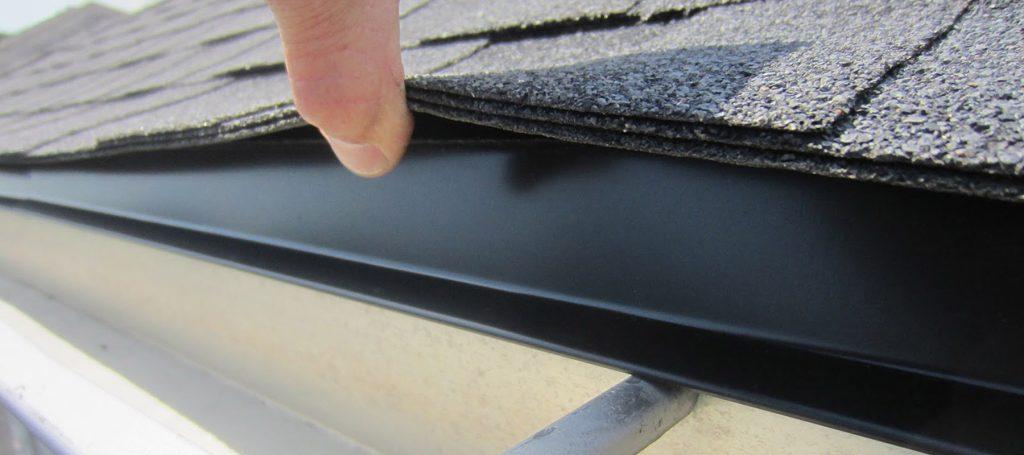When you’re facing the significant project of replacing your roof, numerous questions come to mind. One of the common queries is whether you have to replace the drip edge when replacing your roof. In this article, we’ll delve into the importance of the drip edge, when it should be replaced, and what factors should guide your decision.

Understanding the Drip Edge
Before we discuss whether the drip edge needs replacement during a roof upgrade, it’s essential to understand what the drip edge is and its purpose. The drip edge is a piece of metal flashing installed at the edges of your roof, typically under the first row of shingles. Its primary function is to direct water away from the fascia and into the gutters, preventing water from seeping into the underlying structure of your roof.
The Role of the Drip Edge
The drip edge plays a crucial role in safeguarding your home against water damage. Without it, water can infiltrate the eaves and cause rot, mold growth, and structural deterioration. In addition to preventing water damage, the drip edge helps protect your roof from wind-driven rain and ice dams, making it an integral component of your roofing system.
Factors to Consider
- Drip Edge Condition: The first factor to consider is the condition of the existing drip edge. If it’s still in good shape, without rust, corrosion, or significant damage, it may not necessarily need replacement. A thorough inspection by a roofing professional can determine its condition accurately.
- Local Building Codes: Building codes and regulations can vary from one region to another. In some areas, local codes might mandate the replacement of the drip edge during a roof replacement. Always check with your local building department to ensure compliance with their guidelines.
- Roofing Material Change: If you’re changing the type of roofing material during the replacement, it’s often recommended to install a new drip edge. Different roofing materials may require adjustments in the flashing and edge details, and a new drip edge can ensure a proper seal.
- Drip Edge Compatibility: Compatibility is a significant factor. The drip edge should be compatible with the roofing material to create a watertight seal. For example, if you’re switching from asphalt shingles to metal roofing, it’s advisable to install a new drip edge designed for the specific roofing material.
When to Replace the Drip Edge
In most cases, if the existing drip edge is in good condition, it can be left in place during a roof replacement. However, there are circumstances when replacing the drip edge is the best course of action:
- Signs of Damage: If the drip edge shows signs of rust, corrosion, dents, or other damage, it’s essential to replace it. Damaged drip edges can compromise the effectiveness of your new roof.
- Building Code Requirements: Local building codes may require the installation of a new drip edge during a roof replacement. To ensure compliance and avoid potential legal issues, consult with your local building department.
- Roofing Material Change: When changing the type of roofing material, it’s generally advisable to install a new drip edge that is compatible with the new material. This ensures a proper seal and minimizes the risk of leaks.
- Full Roof Replacement: When performing a full roof tear-off and installing a new one, experts often advise replacing the drip edge to ensure it aligns with the specifications of the new roofing system.
Conclusion
In conclusion, the decision to replace the drip edge when replacing your roof depends on various factors, including its condition, local building codes, roofing material changes, and compatibility. While it may not always be necessary, a professional inspection and consultation with a roofing expert are vital to make the right decision. Ensuring that your drip edge is in good condition or installing a new one when needed will help protect your home from water damage and maintain the integrity of your roofing system.



Leave a Reply